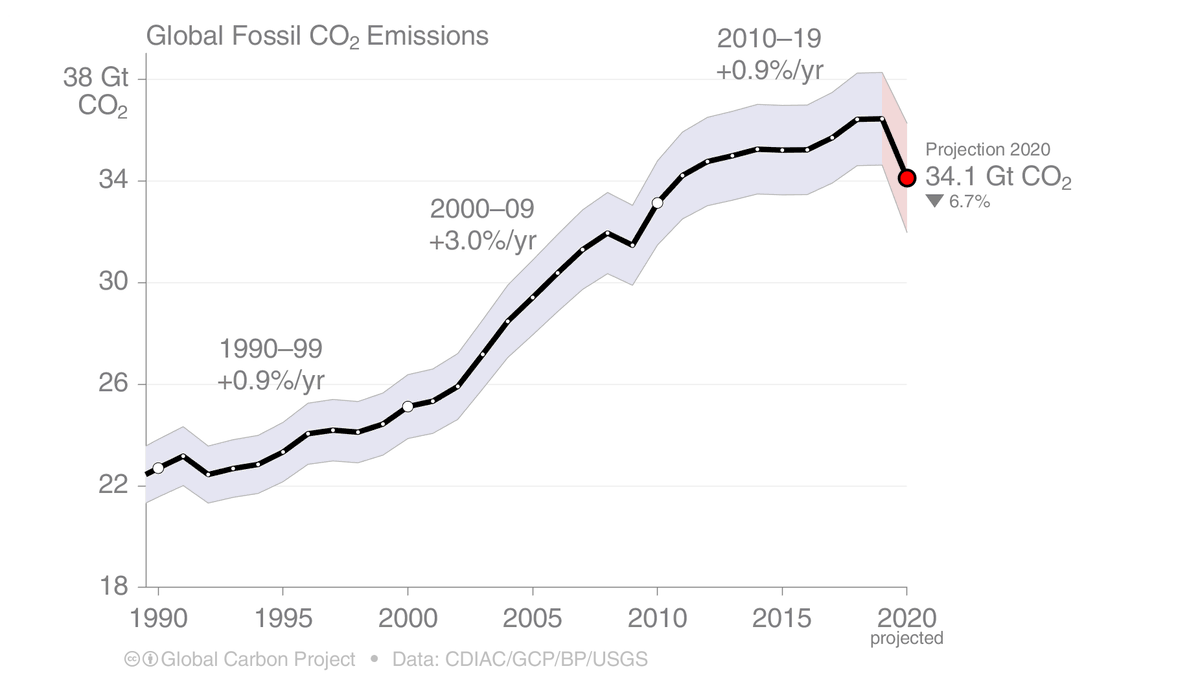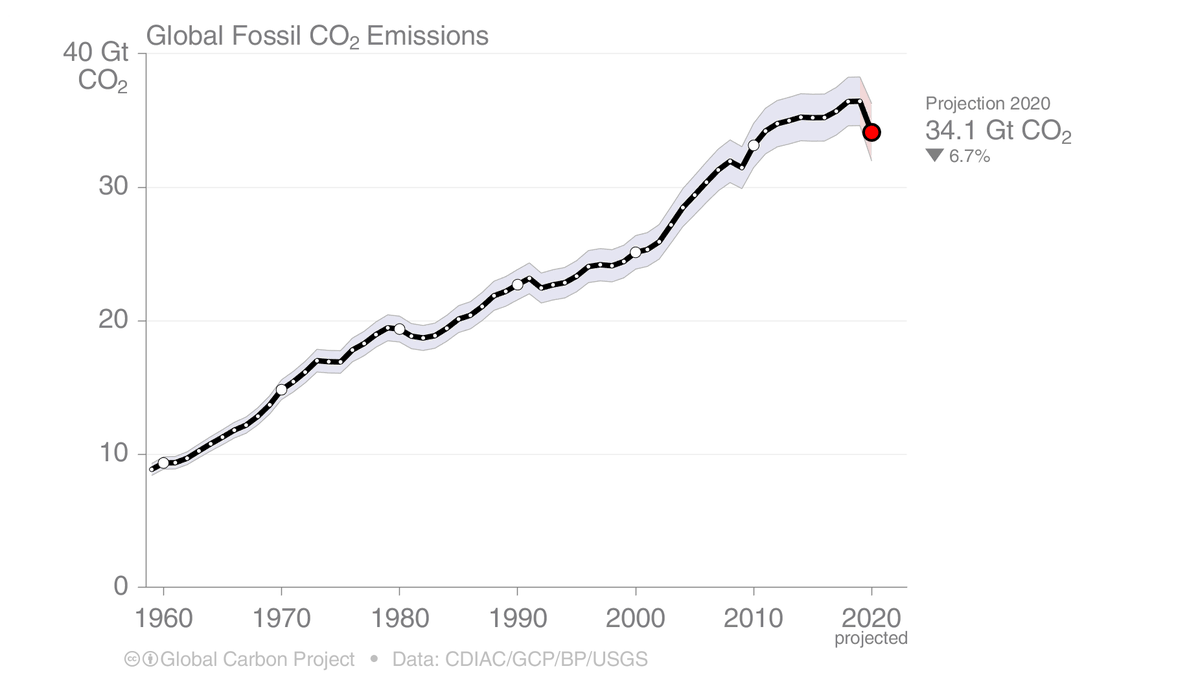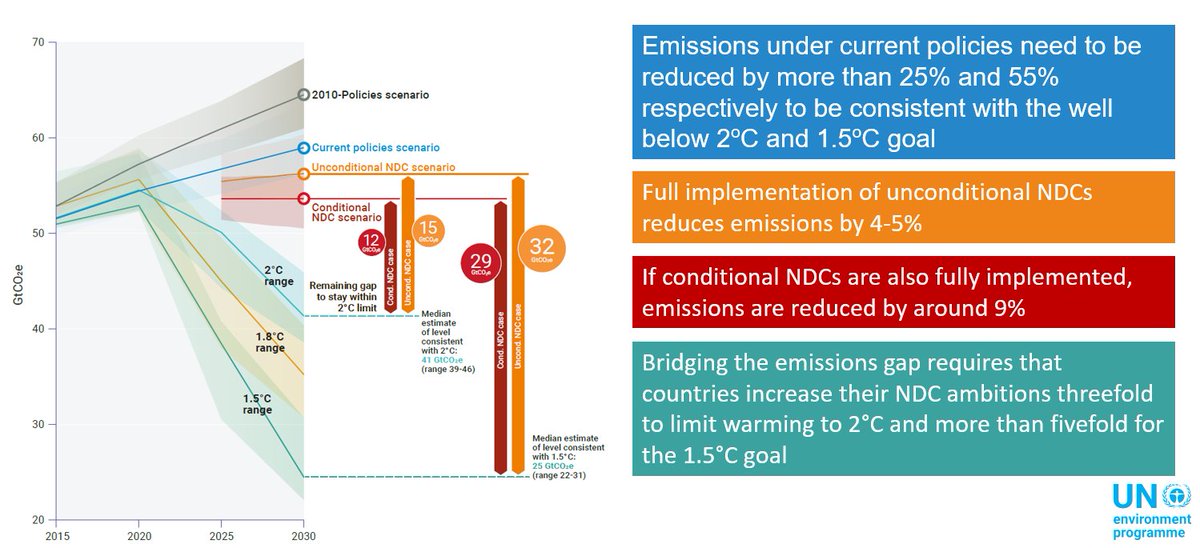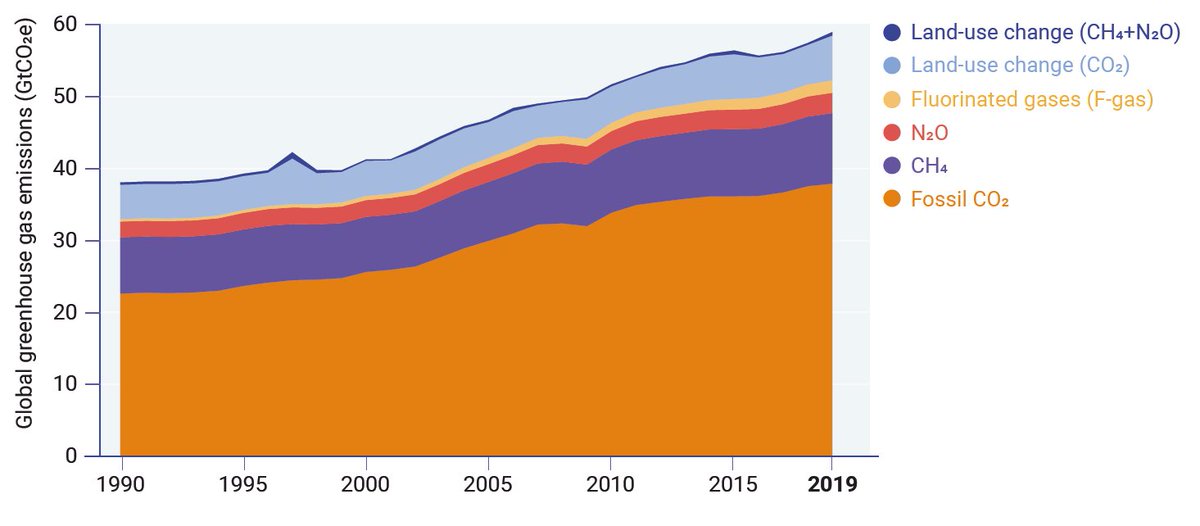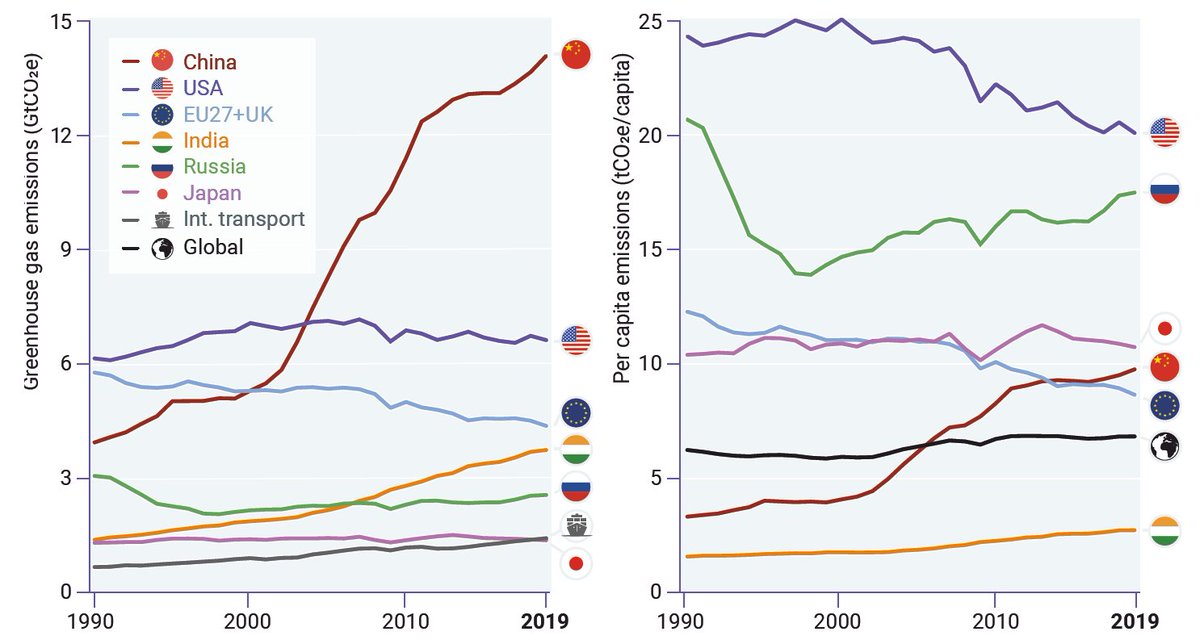
Some updated carbon budgets from @CONSTRAIN_EU
→ 5 years left for 66% <1.5°C (HT @rtmcswee)
To what degree should we look at 66% <1.5°C?
* According to the 2018 #SR15, there are no scenarios 66% <1.5°C
* Huge gap between 50% 1.5°C & 66% 2°C (~1.7-1.8°C)
constrain-eu.org/publications/z…
→ 5 years left for 66% <1.5°C (HT @rtmcswee)
To what degree should we look at 66% <1.5°C?
* According to the 2018 #SR15, there are no scenarios 66% <1.5°C
* Huge gap between 50% 1.5°C & 66% 2°C (~1.7-1.8°C)
constrain-eu.org/publications/z…

We have become so obsessed with these arbitrary lines at 1.5°C & 2°C, but I think the more relevant point, is that there is a HUGE gap between 1.5°C & 2°C.
While 1.5°C might be too late, there is still lots to fight for.
Every 0.1°C is ~200GtCO₂!
cicero.oslo.no/no/posts/klima…
While 1.5°C might be too late, there is still lots to fight for.
Every 0.1°C is ~200GtCO₂!
cicero.oslo.no/no/posts/klima…
A slight technical point. 66% <1.5°C is probably around 1.3-1.4°C for 50%. We are at ~1.2°C today, so a 0.1°C increase or 200GtCO₂ is quite consistent with the remaining budget for 66% <1.5%...
[The 0.1°C ~ 200GtCO₂ is based on the TCRE, see link in previous tweet]
[The 0.1°C ~ 200GtCO₂ is based on the TCRE, see link in previous tweet]
In case you are not sick of me repeating this, I do not find this 66% framing all that useful. Better to talk about carbon budget ranges, like we do for the climate sensitivity & all other climate variables.
Paper: rdcu.be/bHT2C
Blog: cicero.oslo.no/no/posts/klima…
Paper: rdcu.be/bHT2C
Blog: cicero.oslo.no/no/posts/klima…
• • •
Missing some Tweet in this thread? You can try to
force a refresh










